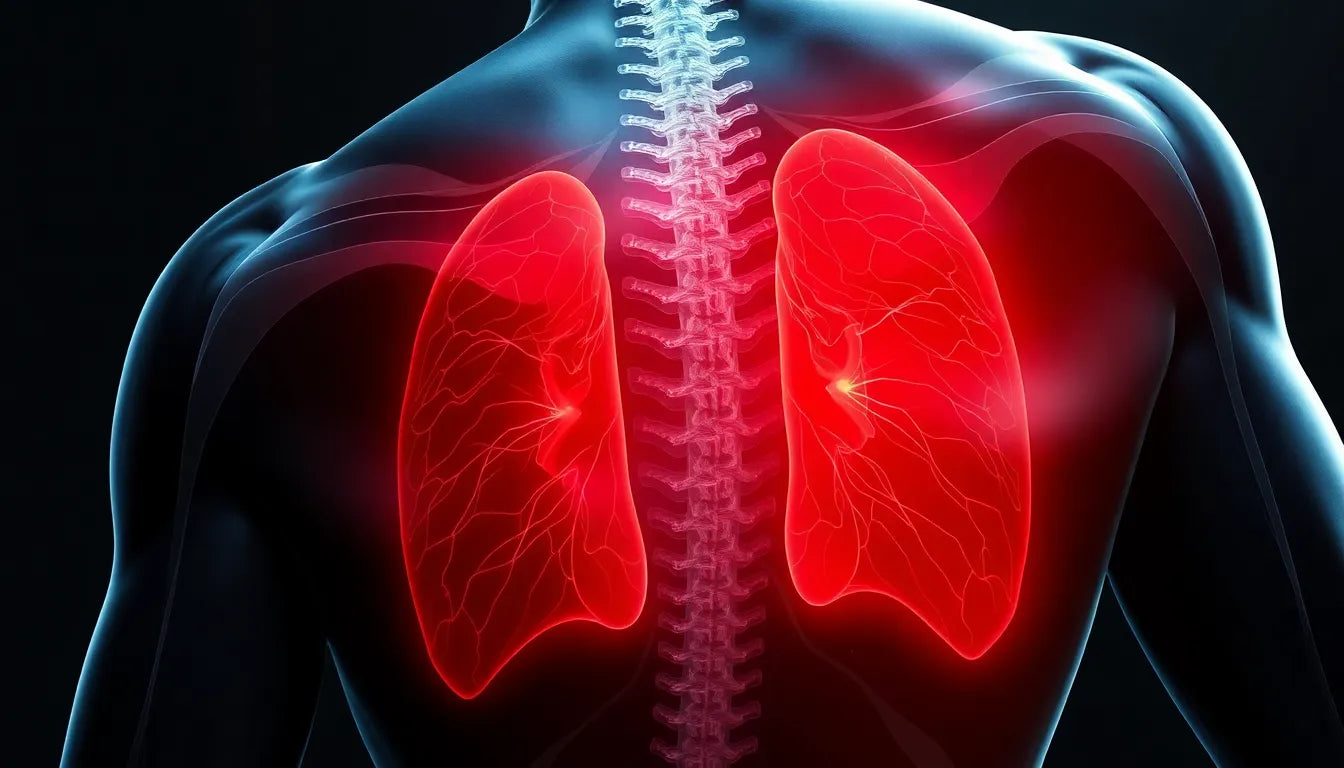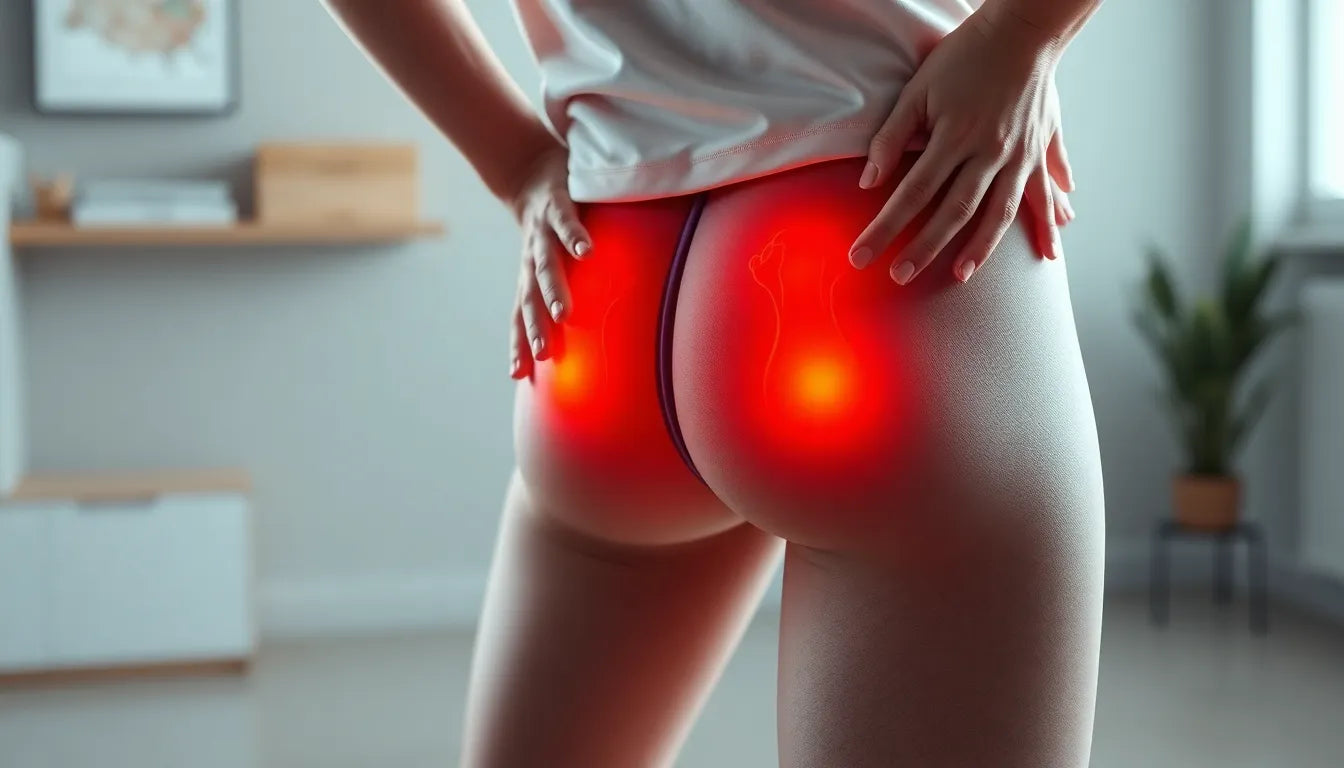Knee pain when walking is a common issue that affects many individuals, disrupting daily activities and diminishing overall quality of life. Whether it's a sharp twinge or a persistent ache, knee discomfort can hinder your ability to move freely and comfortably. Understanding the underlying causes of knee pain is crucial in effectively managing and preventing it, allowing you to maintain an active lifestyle. This guide focuses on providing you with both relief and prevention strategies to help you bid farewell to knee pain when walking.
why knee pain occurs
Knee pain can stem from a variety of factors, ranging from overuse and injuries to chronic conditions. For many, the pain is a result of biomechanical strain during activities such as walking, especially when navigating stairs. When descending stairs, the pressure on the knee can increase up to five times your body weight, often exacerbating pain for those with weak surrounding muscles or chronic joint conditions. Identifying the specific cause of your knee pain is the first step towards finding effective relief and preventing future discomfort.
Overuse injuries, such as patellofemoral syndrome (often referred to as runner's knee), are common culprits of knee pain. This condition arises from repetitive stress on the knee joint, leading to irritation and discomfort. Acute injuries, including twists and sprains, can also result in sudden knee pain. These injuries are often accompanied by swelling and tenderness, making it essential to address them promptly to prevent further damage.
Chronic conditions like osteoarthritis and inflammatory arthritis are significant contributors to knee pain, particularly in older adults. Osteoarthritis, often associated with wear and tear, leads to the gradual degeneration of joint cartilage, resulting in pain and stiffness. Inflammatory arthritis, on the other hand, involves inflammation of the joint lining, causing pain and swelling. Both conditions require careful management to alleviate symptoms and maintain joint function.
Biomechanical factors also play a crucial role in knee pain. An improper gait or weak muscles can increase the strain on the knee joint, leading to discomfort during walking. Strengthening the muscles around the knee and improving your walking technique can significantly reduce the risk of pain.
In the following sections, we will delve deeper into the common causes of knee pain, explore symptoms and when to seek help, and provide you with actionable treatment and prevention strategies. Whether you're an active individual or someone dealing with age-related joint issues, this guide aims to equip you with the knowledge and tools needed to manage knee pain effectively.
common causes of knee pain when walking
Understanding the specific causes of knee pain when walking is essential for effective management and prevention. Commonly, knee pain arises from overuse injuries, acute injuries, chronic conditions, and biomechanical factors. Each of these causes can affect the knee joint differently, leading to varying symptoms and requiring distinct approaches for relief and prevention.
overuse and injury
Overuse injuries are prevalent among individuals who engage in repetitive activities that put stress on the knee joint. Patellofemoral syndrome, also known as runner's knee, is a typical example. This condition results from the repetitive motion of the knee, which can irritate the patella (kneecap) and surrounding tissues, leading to pain and discomfort. Acute injuries, such as twists, sprains, or even direct impacts, can cause sudden knee pain. These injuries often lead to immediate swelling and tenderness, necessitating prompt attention to prevent further complications.
chronic conditions
Chronic conditions like osteoarthritis and inflammatory arthritis are significant contributors to knee pain, especially in older adults. Osteoarthritis involves the gradual wear and tear of joint cartilage, resulting in pain, stiffness, and reduced mobility. Inflammatory arthritis, such as rheumatoid arthritis, causes inflammation in the joint lining, leading to pain and swelling. Both conditions require ongoing management to alleviate symptoms and maintain joint health.
biomechanical factors
Biomechanical factors play a crucial role in knee pain, particularly during activities like walking. An improper gait or weak muscles around the knee can increase the strain on the joint, leading to discomfort. For instance, descending stairs can exacerbate pain due to the increased pressure on the knee, which can be up to five times the body weight. Strengthening the muscles around the knee and correcting gait abnormalities can significantly reduce the risk of pain.
symptoms and when to seek help
Recognizing the symptoms of knee pain and knowing when to seek professional help is vital for effective management. The location and severity of pain can provide clues about the underlying cause, while certain symptoms may indicate the need for medical evaluation.
pain localization and severity
The location of knee pain can help identify the underlying issue. Pain at the front of the knee often points to patellofemoral syndrome, while pain on the inside or outside may indicate ligament or meniscus problems. The severity of pain, along with symptoms like swelling, heat, and instability, can signal when it's time to seek professional advice. If these symptoms are present, it's crucial to consult a healthcare provider to prevent further damage.
audience-specific guidance
Different groups may experience knee pain differently and require tailored advice. For the elderly, knee pain is often related to wear and tear, such as osteoarthritis. Managing this condition involves maintaining joint mobility through exercises and possibly using supportive devices. Active individuals, such as athletes, are more prone to overuse injuries. Preventing these injuries involves proper techniques, adequate rest, and strengthening exercises to support the knee joint.
In the next section, we will explore treatment and prevention strategies that can help alleviate knee pain and prevent future occurrences. Whether you're dealing with age-related joint issues or seeking to maintain an active lifestyle, understanding these strategies will empower you to manage knee pain effectively.
treatment and prevention strategies for knee pain
Effectively managing knee pain involves a combination of immediate relief techniques and long-term prevention strategies. For those experiencing acute discomfort, self-care methods such as RICE—Rest, Ice, Compression, and Elevation—are often recommended as a first-line response. These techniques help reduce swelling and provide immediate pain relief, allowing the knee to recover from minor injuries or overuse.
In addition to self-care, physiotherapy plays a crucial role in both alleviating pain and preventing future issues. Engaging in specific home exercises designed to strengthen the muscles surrounding the knee can significantly reduce stress on the joint. Exercises that focus on improving flexibility and balance are particularly beneficial, as they enhance overall knee stability and function.

37 exercises collected in the ultimate exercise book
This expert-backed e-book provides effective exercises for injury prevention, mobility, and targeted relief.
lifestyle modifications for knee health
Long-term knee health is closely linked to lifestyle choices. Maintaining a healthy weight is essential, as excess body weight increases the load on the knee joints, exacerbating pain and accelerating wear and tear. Incorporating regular physical activity into your routine can help manage weight and improve joint health. However, it's important to choose low-impact exercises, such as swimming or cycling, to minimize stress on the knees.
Footwear also plays a significant role in knee pain management. Wearing supportive shoes that provide adequate cushioning and arch support can help align the body properly, reducing strain on the knees. Additionally, making ergonomic adjustments in daily activities—such as using knee-friendly furniture and avoiding prolonged periods of sitting or standing—can prevent undue stress on the joints.
holistic and ergonomic approaches
Adopting a holistic approach to knee health involves considering the role of posture and ergonomics in reducing knee strain. For individuals with sedentary lifestyles or desk jobs, integrating ergonomic aids such as supportive chairs and footrests can alleviate pressure on the knees. Additionally, using knee braces or supports during activities can provide extra stability and reduce pain.
Incorporating mindfulness and stress-reduction techniques can also contribute to overall joint health. Practices such as yoga or tai chi not only enhance physical flexibility and strength but also promote mental well-being, which can be beneficial for managing chronic pain conditions.
frequently asked questions
what are the most common causes of knee pain when walking?
The most common causes of knee pain when walking include overuse injuries, such as patellofemoral syndrome, chronic conditions like osteoarthritis, and biomechanical issues that strain the knee joint.
how can I prevent knee pain during daily activities?
To prevent knee pain, maintain a healthy weight, wear supportive footwear, and engage in exercises that strengthen the muscles around the knee. It's also beneficial to make ergonomic adjustments in your daily routine.
when should I see a doctor for knee pain?
You should see a doctor if you experience severe pain, swelling, heat, or instability in your knee, as these symptoms may indicate a more serious condition requiring professional evaluation.
can ergonomic products help with knee pain?
Yes, ergonomic products such as knee braces or supports can help reduce strain on the knee and provide relief during movement, especially during activities that place additional stress on the joint.

Lumbar support belt
Adjustable lumbar belt for stabilizing and relieving lower back pain during daily activity or rest.
what exercises are best for strengthening the knee?
Low-impact exercises such as swimming, cycling, and targeted physiotherapy routines are effective for strengthening the knee and improving joint stability and flexibility.























